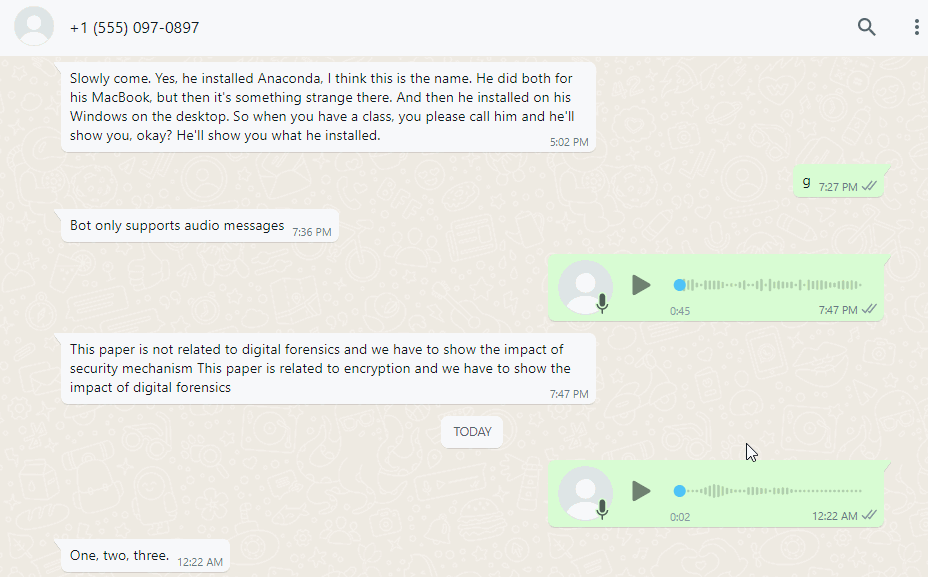Accurate transcriptions in seconds
Comments
Categories
MediaDeveloper
 Mehnoor Siddiqui
Mehnoor Siddiqui
Languages



No comments yet.